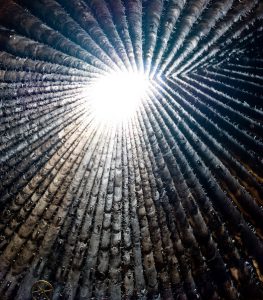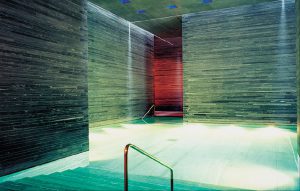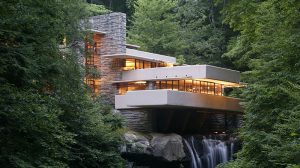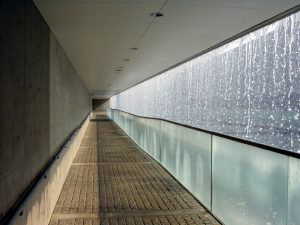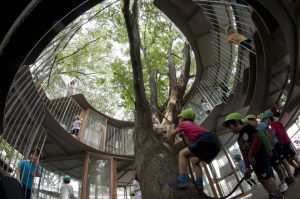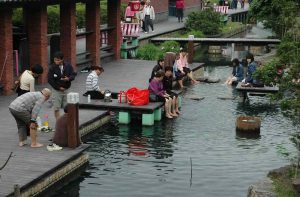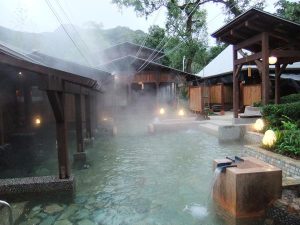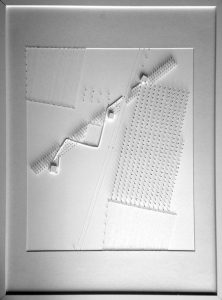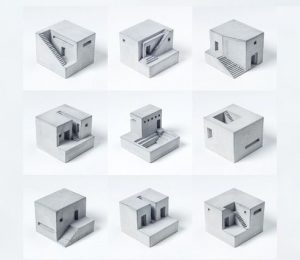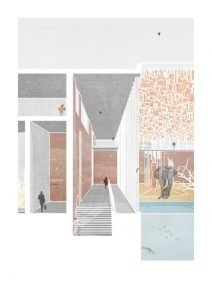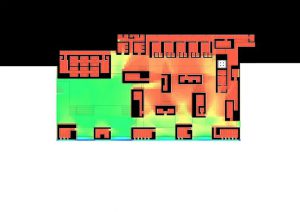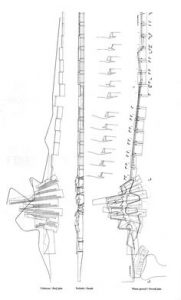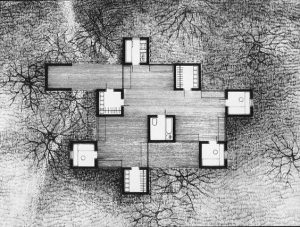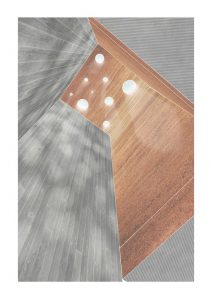Kissing Nature
|
Bruderklaus Chapel, Peter Zumthor [WHAT] Thesis Statement Architecture could be an extended nature to enrich human perception towards the genuine one. Through layers of construction materials, architecture seems to obstruct people from experiencing the nature by creating a clear boundary in various forms, without utilizing the innate resources to stimulate human sensation. There lies opportunity for architecture, as an instrument to narrate senses in multiple dimensions as a recall to the inseparable connection between people and nature. The thesis aims at delineating and exploring the multi-facet possible relation between the nature and human with the test case in JiaoXi Taiwan, an area with great geothermal resources, but at the same time, suffering greatly from the tourist industry. [WHY] Discourse
Human Perception Senses including touching, seeing, hearing and smelling are the means to experience architecture in a very concrete way. However, the year of my study focus majorly on the retinal quality of architecture. Yet I believe that spatial quality has more than one measurement. While Zumthor believes that buildings could only be accepted by their surroundings if they have the ability to appeal our emotions and minds in various ways. [1] “The senses not only mediate information for the judgment of the intellect; they, more importantly, can ignite imagination.” It is suspicious for Juhani Pallasma that the current over-emphasis on the intellectual and conceptual dimensions of architecture contributes to the disappearance of its physical, sensual and embodied essence.[2] Part of the objective of the thesis is to continue the argument of Zumthor and Juhani that the human perception from different senses counts on the spatial quality of architecture. And I would like to challenge how this can be integrated into and balanced with the other architecture discourse. Nature/Ecology
Nature gives us everything. Many ways that we have learnt from nature, have been used as a tool to manipulate our design in architecture, like structure pattern and visual form. We have borrowed enough from it, but can we understand nature itself as text and integrate our design into nature, the tangible and intangible resources that have already given by the place and celebrate it with our design? [1] Zumthor, Peter. Thinking Architecture. Baden: Lars Müller, 1998. [2] Pallasmaa, Juhani. The Eyes of the Skin: Architecture and the Senses. Chichester: Wiley-Academy, 2005.
Project to test – Nature Responsive Architecture An investigation in the testing ground in Taiwan, to explore how the architecture can respond to the gifted geothermal resources to re-sensitize the human perception to the environment rather than sole pleasure. The natural and urban condition such as the topography, geothermal condition and the surrounding streetscape will be further looked into. JiaoXi, Yilan, Taiwan – A public bath town
JiaoXi is mainly flatland area in Yilan the north-eastern part of Taiwan, with mountainous Central Mountain Range at its north-west and opens to the Pacific Ocean. Locating at the geothermal region, making it a crowded touristic destination for local Taiwanese people during winter time as it has multiple public and private spots for hot spring starting from 1990s. The early vast tourist development endangers the natural environment as the source of spring is not unlimited and the original farming and fish industry has shrink in size due to property development. Proposed Site – Tangwei Brook Park Program: Bathhouse /Park /Night Market
The park is situated at the hustle and bustle city centre surrounded by hotels and retails. And it consists of both the free pool area for feet-bathing, paid public bath all year-round and some restaurants. At night, there are night markets along the park. How the design of the area can react with the intangible quality of the site and the various daily activities happening in the park to re-establish the multiple connection between the nature and people? The project would also include the close examination of the life cycle of the inhabited people and reorganize the mass along the strip for different proximity with the nature. [HOW]Methodological Processes/ Outline of Research/ Design Experiments Case Study
Study Model
reference
Diagram/Collage – Life cycle study reference Design project for an elephant house at a regional safari park Drawing
reference
Schedule
Bibliography
Precedents
|
